LACUNA
catalogue for KUNSTHAUS POTSDAM
editorial design

LACUNA
Catalogue Design for a Ukrainian-German group exhibition at Kunsthaus Potsdam
Lacuna refers to the gaps that arise when a text is translated from one language to another. Language is a reflection of cultural reality and expresses it. It works in a concrete context in which it is not just about meanings, but also about evaluations and beliefs.
The catalogue design is minimalistic and gives space to highlight the artists' works. The bilingual texts are displayed in a two-column grid using Helvetica Regular and ApocBold.
60 pages, 44 b/w- and colour images, german + english, 14,8 × 21cm, saddle stitched, Softcover
printed by Druckerei Rüß Potsdam
more info here at Kunsthaus Potsdam
artists:
Anna Moskalets
Artem Volokitin
Bianca Baalhorn
Jenny Alten
Tetiana Malinovska
Udo Koloska
date:
9.7.—20.8.2023
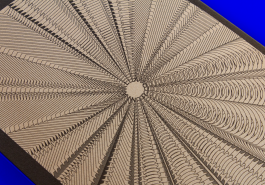
Lacuna is latin for hole or gap and describes, for example in editorial philology and textual studies, this refers to a gap in the tradition of a text that exists or is discovered due to problems with the text/content. Words from the source language are not present in the target language or their meaning is missing. In intercultural communication, gaps can serve as markers. These markers are a starting point for the group exhibition.
The synopsis of the perspectives of three German and three Ukrainian positions gives an idea of how complex it is if those involved want to do justice to the questions of possible understanding in a world that is drifting apart. The aim of the exhibition is to show both connecting and dividing elements between the realities of German and Ukrainian artists. The significance lies precisely in the different artistic perspectives that are expressed in a deadlocked war situation.
The project provides a direct insight into the artistic discourse that has changed not only their lives, but also those of the artists they host in Potsdam, since the artists fled Ukraine following bombings of their hometown of Kharkiv. Beyond what can be grasped in words, the artists explore the beginning of chaos, the effects of material things and the reality in which bombs destroy houses. They find ways of collaboration and transformation that can be passed on to visitors by using the formats of painting, installation and sound art.
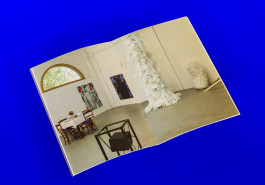
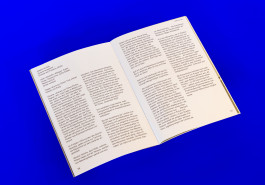
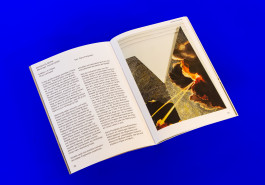
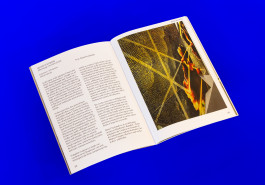
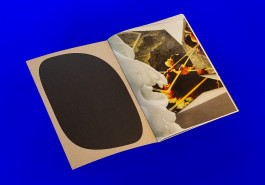
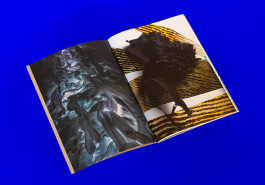
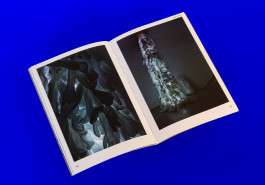
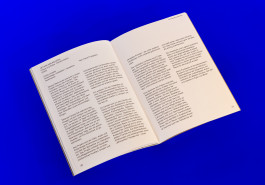
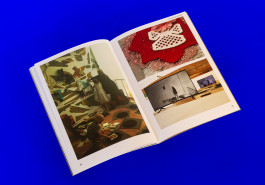
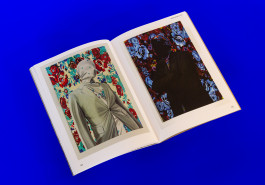
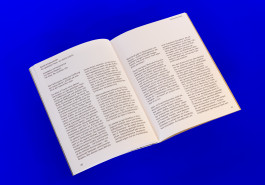
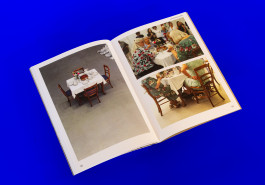
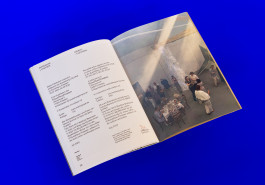
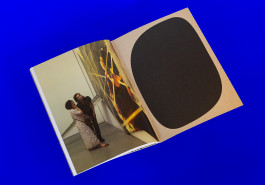
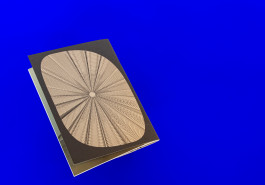
Details
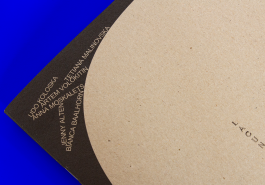
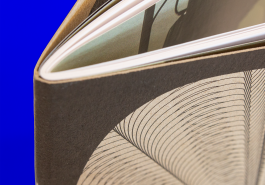
More about the exhibition here.